Black History Is American History: Harriet Tubman
Photo by Kirt Morris on Unsplash
Harriett Tubman mural in Cambridge, MD
Editor’s note: This article is the seventh part of a series, Black History Is American History, by Kiarra Ballard. Each day in February, we will publish a new entry in the series, focusing on an influential Black figure from history. You can find all of the entries in this series here.
Harriet Tubman (1820-1913) cemented her place in history as one of the most famous abolitionists for her civil rights work. Over her lifetime she rescued more than 300 enslaved Black Americans and led them to freedom. Tubman was born sometime around 1820 (the exact date is unknown). Born into slavery, Tubman endured decades of savagery at the hands of her slave owners. She was beaten mercilessly and suffered complications from the abuse until her death.
Tubman completed 19 Underground Railroad crossings from the South to the North between 1850 and 1860. “Moses” led almost 300 people, including her parents and brothers, to freedom, earning that moniker for her leadership.
With the advent of the Civil War in 1861, Harriet devised creative solutions to end the institution of slavery. While in Fort Monroe, she served as a nurse, chef, and laundress for freed slaves who had fled back to the fort. In order to aid injured troops and enslaved people who has escaped, Harriet employed her expertise in herbal remedies.
Around the age of 93, Tubman passed away on March 10, 1913, due to pneumonia. Head injuries Tubman received early in childhood increased in their severity and became disruptive as she grew older. She was laid to rest in Auburn’s Fort Hill Cemetery with full military honors.
Sources:
https://www.britannica.com/biography/Harriet-Tubman

Kiarra is a Computer Science major pursuing the creative writing certificate. When not writing or reading, she can be found patching holes in her curtains...



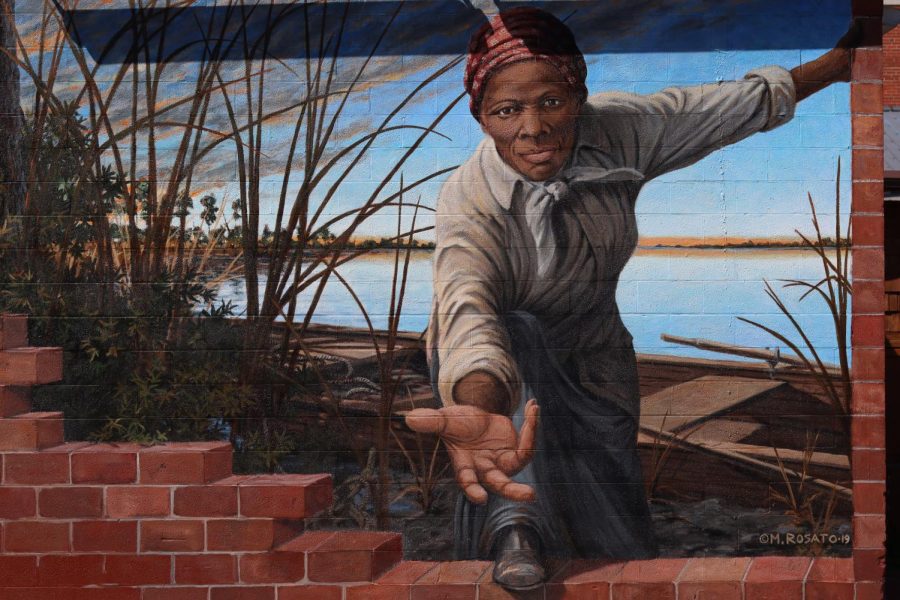
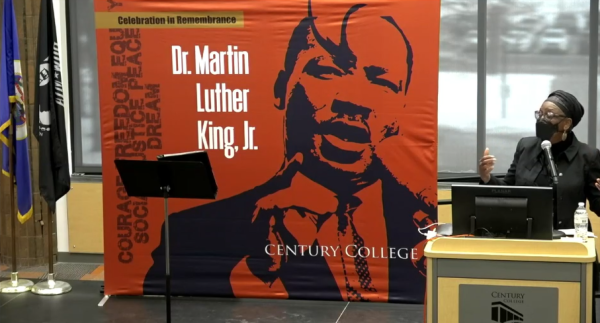

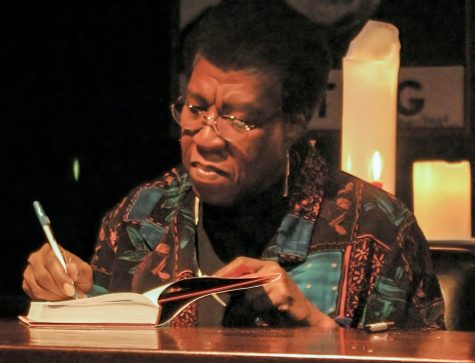
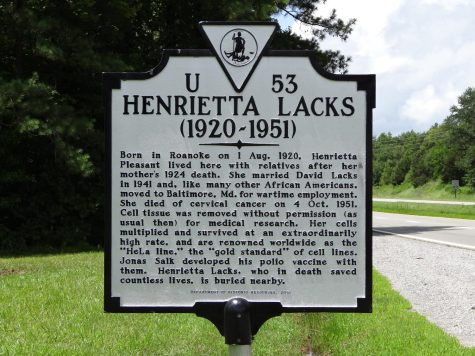
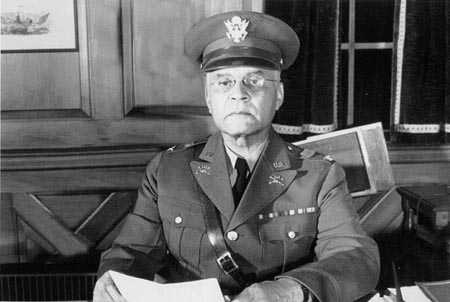
Kirt • Jun 25, 2023 at 4:26 AM
Thanks for crediting my photo.